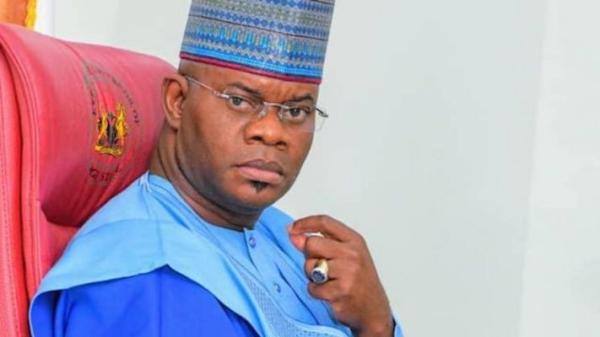
Zimbabwe is reportedly looking to mop up as much as ZWL1.2 billion from the local market by the end of this week through direct transfer of balances from local finance institutions to the central bank while also imposing a 90 day period for the disposal of dual listed securities or shares purchased by investors.
The struggling southern African country introduced a new Zimbabwe dollar (ZWL) currency on Monday, effectively ruling out usage of South African rand, US Dollar and Botswana Pula as legal tender. Finance Minister Mthuli Ncube said having a local currency will help Zimbabwe stagger back to recovery.
As part of measures to support the new currency and to strengthen the interbank market for foreign currency, Reserve Bank of Zimbabwe governor, John Mangudya said the central bank was putting a “vesting period of 90 days on disposal of dual listed securities or shares purchased by investors on the Zimbabwe Stock Exchange”.
Dual listed companies such as Old Mutual have been accused of inflaming parallel market exchange rates which have spiraled out of control. Treasury officials have also accused other large corporates of illegal currency dealings on the informal markets where the local currency has been drastically losing value.
In addition to this, the RBZ governor has also directed local banks that include units of Standard Bank, Nedbank and Standard Chartered to transfer account balances to the central bank.
This will help mop up as much as ZWL1.2 billion, with experts saying this was meant to deal with excess liquidity on the market. ZWL1.2 billion is equivalent to about US$190.5 million using the official interbank exchange rate of 1:6.3 against the US Dollar as of Monday evening.
Banks in Zimbabwe have been directed to “transfer to the Reserve Bank the RTGS$/ZWL$s that they are holding as counterpart funds for the foreign currency historical or legacy debt that Government, through the Reserve Bank, is assuming at the rate of 1:1.
Earlier this year, Zimbabwe officially floated the exchange rate but economists say the central bank is still partially controlling the exchange rate. The IMF has said that it is supportive of the economic reforms, which include currency reforms, that Zimbabwe is undertaking and IMF managing director, Christine Lagarde has approved a Staff Monitored Program for Harare.
“This measure is expected to mop around ZLW$1.2 billion from the market by the end of this week. (The RBZ also adjusted) the interest rate on the Reserve Bank overnight window upwards from the current 15 percent per annum to 50 percent per annum in line with inflation trends,” added Mangudya in a statement released late on Monday.
The central bank has also sought to remove administrative limits on the operation of bureaux de change and on the cap on margins for banks around interbank foreign exchange transactions.
The central bank will also increase “supply of foreign currency into interbank foreign market by ensuring that at least 50% of the surrender portion of foreign currency is sold” to the interbank market.
“This will be supplemented by the use of Letters of Credit (LCs) for the importation of essential commodities that include fuel, cooking oil, and wheat. The Bank has put in place LCs amounting to US$330 million for this purpose.”



















